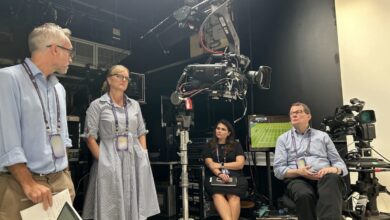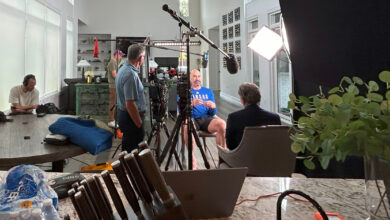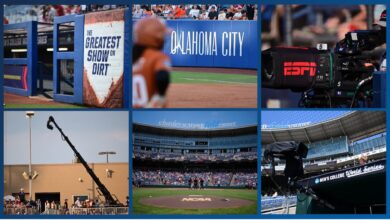The Life of a Researcher at the US Open
"People might have the misconception that we're just a bunch of computer nerds that generate stats all day. We are legitimate storytellers and work to tell an interesting story with numbers."
On the ESPN TV/computer/phone screens, the 2021 US Open has been full of exciting action and compelling stories…from high-achieving teenagers to Novak Djokovic’s quest for history, completing the Grand Slam (winning all four Majors in a calendar year). Behind the scenes, there also a lot going on. After all, it’s ESPN’s biggest production of the year, with 600 people combining for three weeks of television from up to 16 courts at a time delivered across platforms and around the world.
One group that helps to make sense of all the action is the research team. Their work is used by others and doesn’t get public notice (A rare exception occurred last Sunday. On air, Patrick McEnroe thanked two researchers, including Bryan, for a particular statistic.) What’s their role and life like on site? We asked senior researcher Bryan Beasley.
What is your role in the day-to-day production of the US Open?
The vice president of production, Jamie Reynolds – to whom I’m grateful for bringing me on board in 2015 – loves to refer to the research unit as the brain trust. We work with producers, graphics operators, the features group including Candace Jordan and Lauren Collins and talent to help drive the best stories through our air and talk about the sport in a smart informed manner. We do a ton of original content generation around the matches being played, evaluating how and why a player is winning the match. I create notes for talent that provide important bio information on the athletes, as well as information on the matches on the outside courts. There are also questions from those who are cutting highlights, researching for our shows, and from our digital team that I will help to answer throughout the day. In this job there are many parties that we’re talking to on a day-to-day basis, and that’s good. It’s all about cultivating those relationships and ultimately making our product the best.
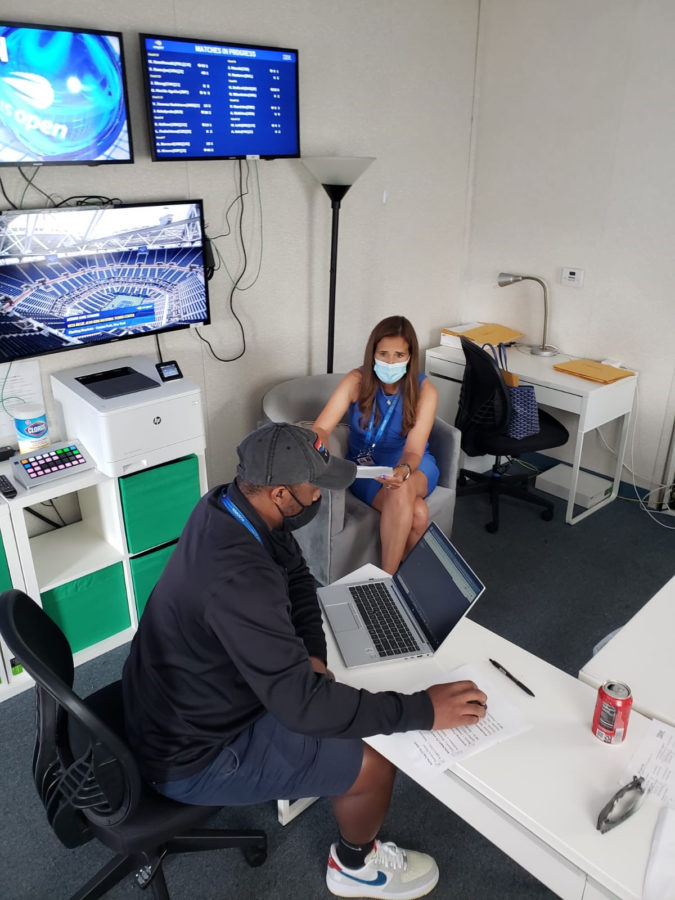

What attracted you to tennis?
I started playing when I was about five years old, getting more serious about it once my family moved from Kansas City to Tampa. I continued to develop my game in my teens and was fortunate enough to play in college at St. Louis University. Playing tennis has given me an incredible outlook on life and great life lessons about persistence, versatility, being flexible, never thinking that you’re above other people.
What is something about your job that people wouldn’t expect?
People might have the misconception that we’re just a bunch of computer nerds that generate stats all day. We are legitimate storytellers and work to tell an interesting story with numbers. We have to be able to build relationships with producers and talent. To tell the best story you have to have the producer’s ear. Fortunately, they are always open to ideas. You also have to pitch it effectively and sell it to producers and talent. That’s where my previous experience as an intern in public relations helped me – to communicate with a variety of people – so when I got to this job I wasn’t intimidated talking to talent or producers.
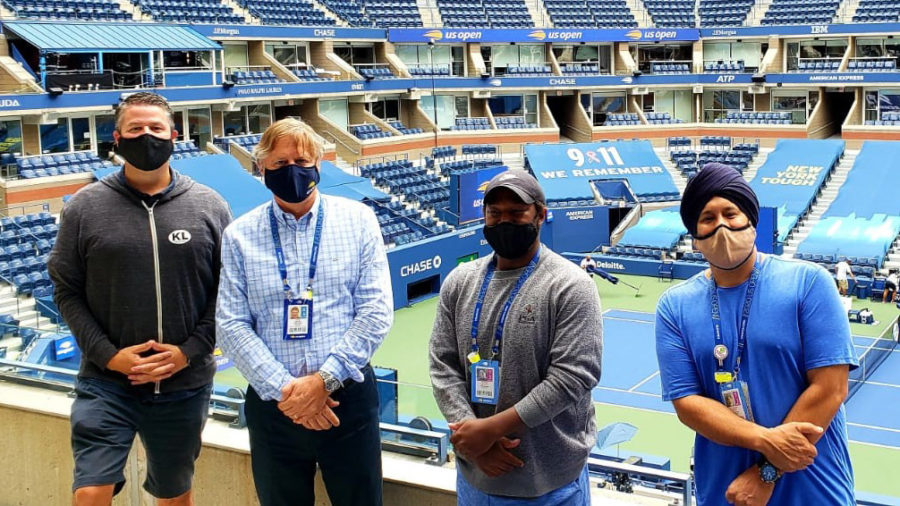
Hurricane Ida Closes Streets and Transit, Fans and ESPNers Lucky to Stay Safe
This year, the ESPN tennis team at the US Open had to deal with not one, but two hurricanes. A few days before coverage of qualifying began on Aug. 24, Hurricane Henri blew by, forcing the crew to “batten down the hatches” and move cables and equipment to higher ground or put away. Then, on the first Wednesday of the tournament, a predicted rain event from the remants of Hurricane Ida turned into an historic monsoon in New York. Bryan recalls his experience:
“Our compound was OK, but once you left the venue, everything was flooded. There were abandoned cars everywhere. People just left them there. The water was waist high, if not higher. But we got lucky because, about 2:30 a.m., we got a ride on a truck. The truck was high enough to drive through the water. And then once we got through the water and out onto the freeway, it was fine, but there was a really big section of Flushing Meadows that was just entirely flooded.”

